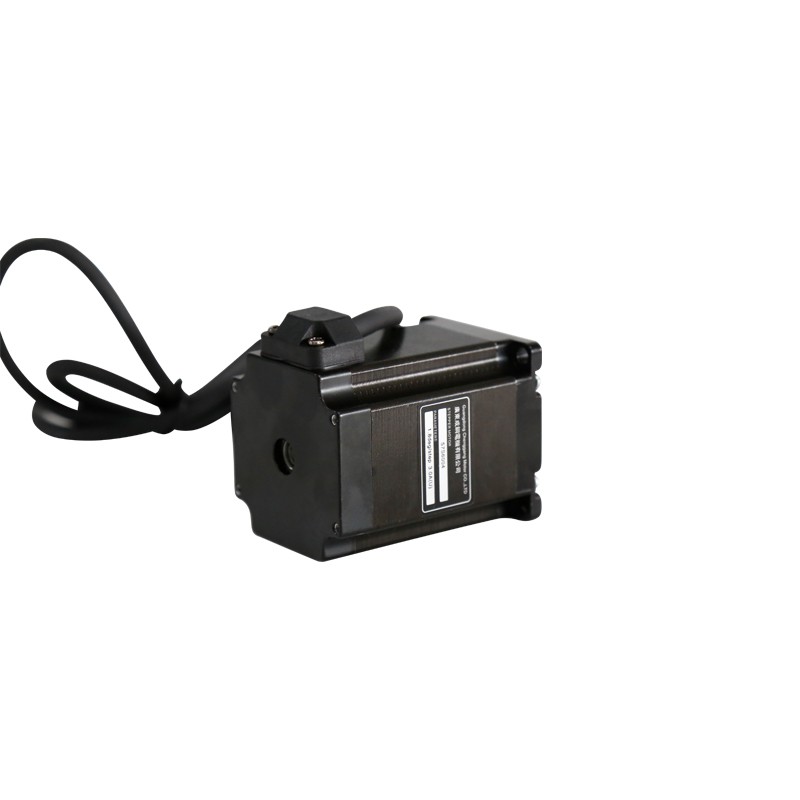Source:Industry News Release time:2022-03-03 Clicks:0 Popular:Reduction motor manufacturer

The function of the servo motor is to convert the input voltage control signal (voltage amplitude and phase) into the output angular displacement and angular velocity on the shaft. It is generally used as an actuator in motion control systems, so it is also called an execution motor. Servo motors can be divided into DC servo motors and AC servo motors.
High and low temperature servo motors are designed for precise control and high-speed scenarios in high and low temperature environments, and still have good performance in special environments.
Advantages of high and low temperature (vacuum) servo motors
1. Wide temperature adaptability range: low temperature can reach -80℃, high temperature instantaneous temperature can reach 250℃, and maintains good performance.
2. Good controllability. That is, as soon as the control signal appears, the motor rotates immediately; once the control signal disappears, the motor stops immediately. The motor responds quickly.
3. Stable operation. Reliable operation and low maintenance requirements.
4. High positioning accuracy. It realizes closed-loop control of position, speed and torque, and overcomes the problem of stepper motor out-of-step.
5. High speed. The rated speed can reach 3000r/min.
Disadvantages of high and low temperature (vacuum) servo motors
1. Users need to master certain professional skills;
2. The cost is higher than that of stepper motors.
The selection of high and low temperature servo motors generally starts from several aspects.
1. Motor temperature level > ambient temperature during system operation + motor temperature rise;
2. Motor rated speed > maximum input speed required by the system;
3. Motor rated torque > continuous load operating torque;
4. The maximum output torque of the motor > the maximum torque required by the system, that is, the torque when the motor load is started;
5. Consideration of size and special environment.
Recommended reading
Stepper motor manufacturers introduce the main parameters and characteristics of stepper motors
Related Information
CGH-090L1-10-P1
2020-12-21Stepper motor
2020-12-21Stepper motor
2020-12-21Stepper motor series-42 series
2021-01-13Rod motor
2021-04-17Governor
2021-04-17Planetary reducer
2021-04-15CGXZK060
2021-01-13Stepper motor
2021-04-14Speed control device
2021-01-13Planetary reducer
2021-04-15CGXZ115
2021-01-13Planetary reducer
2021-04-15CGX115
2021-01-13Stepper motor
2020-12-21Three phase motor
2020-12-21CGX042
2021-01-13Planetary reducer
2021-04-15